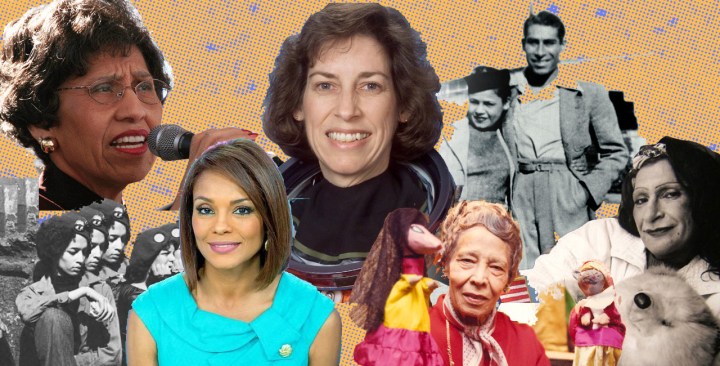1
Felicitas Mendez

Puerto Rican Felicitas Mendez was a Civil Rights pioneer. During the 1940s, she lived on a farm in Westminster, California with her husband and three children. Like any parent, Felicitas wanted her children to receive the best education possible. However, when a relative tried to enroll her 8-year-old daughter, Sylvia Mendez, in an all-white school, she was turned away.
“My father asked my Aunt Sally to take us to the school to be enrolled … to a school that was close to the farm,” Sylvia told Center for Puerto Rican Studies in 2012. “And my aunt’s last name was Vidaurri. Vidaurri because one time the French people had occupied Mexico and my uncle’s name was Vidaurri because he was part French. Aunt Sally went to the school with [my brothers] Gonzalo, Geronimo, and I and my cousins. My cousins were very light-skinned, and they told her, ‘Well, you can leave your children here, but you’ll have to take your brother’s kids to a Mexican school.’”
This act inspired Felicitas and her husband, Gonzalo, to rally the Latino community to file a lawsuit against the school for segregating children. When Gonzalo felt dejected, it was Felicitas who pushed him to move forward. In 1946, Jude Paul J. McCormick ruled in favor of Mendez and his co-plaintiffs. This allowed the Mendez children to attend an all-white school, and also ended de jure segregation in the state of California. The Mendez v. Westminster case helped plant the seeds for the Brown v. Board of Education.







